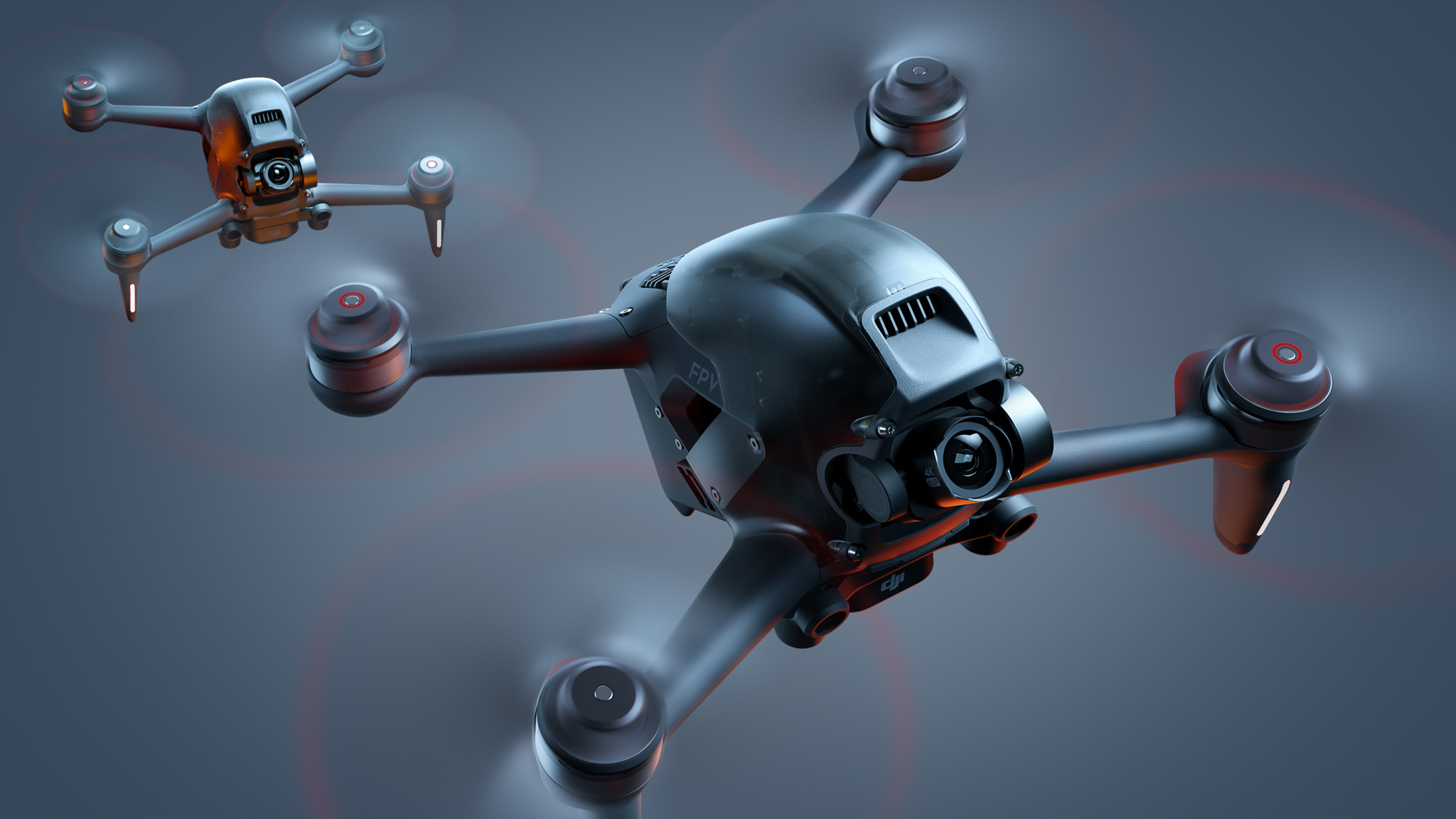
Can You Fly a DJI Drone in the Rain?
As a seasoned drone pilot, I’ve often wondered if it’s safe to fly my DJI drone in the rain. After meticulous research and hands-on experience, I am thrilled to share with you a comprehensive guide to the dos and don’ts of flying a DJI drone in wet weather conditions.
Before we delve into the nitty-gritty, let’s kick off with an anecdote that got me thinking about this topic. As I was capturing breathtaking aerial shots in a quaint coastal town, the heavens suddenly opened up. Undeterred, I decided to risk it and fly my drone through the drizzle. While the footage turned out stunning, I couldn’t help but worry if I had exposed my drone to any potential damage.
Water Resistance of DJI Drones
The first thing to consider is the water resistance of your DJI drone. DJI classifies its drones into different IP (Ingress Protection) ratings, indicating their level of resistance to water and dust. Currently, only the Mavic 3 and Mavic 3 Cine drones boast an IP55 rating, meaning they can withstand heavy rain for short periods.
All other DJI drones, including the Mini series, Air series, and Inspire series, have a lower IP rating. They may have some splash resistance, but exposing them to heavy rain can increase the risk of water damage. Therefore, it’s best to err on the side of caution and avoid flying these drones in the rain.
Risks of Flying a DJI Drone in the Rain
Apart from potential water damage, there are several other risks associated with flying a DJI drone in the rain:
- Visibility reduction: Rain can significantly reduce visibility, making it difficult to navigate and avoid obstacles.
- Wind gusts: Rain often comes hand in hand with gusty winds, which can destabilize your drone and make it challenging to control.
- Electrical hazards: Water can pose electrical hazards if it comes into contact with sensitive components within the drone.
Tips for Flying a DJI Drone in the Rain (for Mavic 3 and Mavic 3 Cine Only)
If you absolutely must fly your Mavic 3 or Mavic 3 Cine in the rain, here are some tips to minimize the risks:
- Fly in light rain: Avoid flying in heavy or prolonged rain, as it increases the chances of water damage.
- Minimize altitude: Keep your drone close to the ground to reduce the impact of wind gusts.
- Avoid flying over water: If possible, don’t fly over bodies of water to minimize the risk of water damage in case of a crash.
- Dry your drone thoroughly: After flying in the rain, use a soft cloth to wipe down your drone and remove any excess water.
Expert Advice
In addition to these general tips, here’s some additional expert advice from experienced drone pilots:
- Use a waterproof case: Investing in a waterproof case specifically designed for your DJI drone can provide an extra layer of protection against water damage.
- Monitor the weather forecast: Always check the weather forecast before flying, and avoid flying if there’s a chance of rain.
- Fly with caution: Be extra attentive and cautious when flying your drone in the rain. Pay close attention to the drone’s behavior and avoid taking unnecessary risks.
FAQs on Flying DJI Drones in the Rain
Q: Can all DJI drones fly in the rain?
A: No, only the Mavic 3 and Mavic 3 Cine drones have an IP55 rating and can withstand heavy rain for short periods.
Q: What are the risks of flying a DJI drone in the rain?
A: Potential risks include water damage, visibility reduction, wind gusts, and electrical hazards.
Q: How can I minimize the risks of flying a DJI drone in the rain?
A: Fly in light rain, minimize altitude, avoid flying over water, and dry your drone thoroughly afterward.
Q: Is it safe to fly a DJI drone in the rain with a waterproof case?
A: Using a waterproof case can provide an extra layer of protection, but it’s still not recommended to fly in heavy or prolonged rain.
Conclusion
Flying a DJI drone in the rain requires careful consideration. While the Mavic 3 and Mavic 3 Cine drones offer some water resistance, it’s still essential to exercise caution and avoid flying in heavy rain conditions. By following the tips and expert advice outlined in this guide, you can minimize the risks and enjoy aerial photography and videography even in wet weather.
Are you interested in learning more about flying DJI drones in the rain? Let us know in the comments below!

Image: transcendfpv.com
:no_upscale()/cdn.vox-cdn.com/uploads/chorus_asset/file/8040569/akrales_170222_1472_A_0074.0.jpg)
Image: www.theverge.com
The QuadH2O: A waterproof drone you can fly in the rain • Full Drone Aug 31, 2023No, DJI drones are not waterproof and should not be flown in heavy rain or snow. While it’s possible to fly your DJI drone in light rain, it’s not recommended. If you do choose to fly in light rain, keep an eye on the weather forecast and only go out when there is no thunderstorm activity within 30 miles of your location.